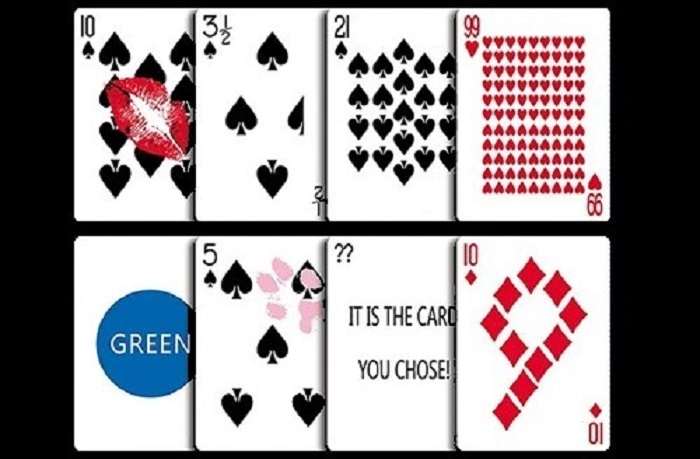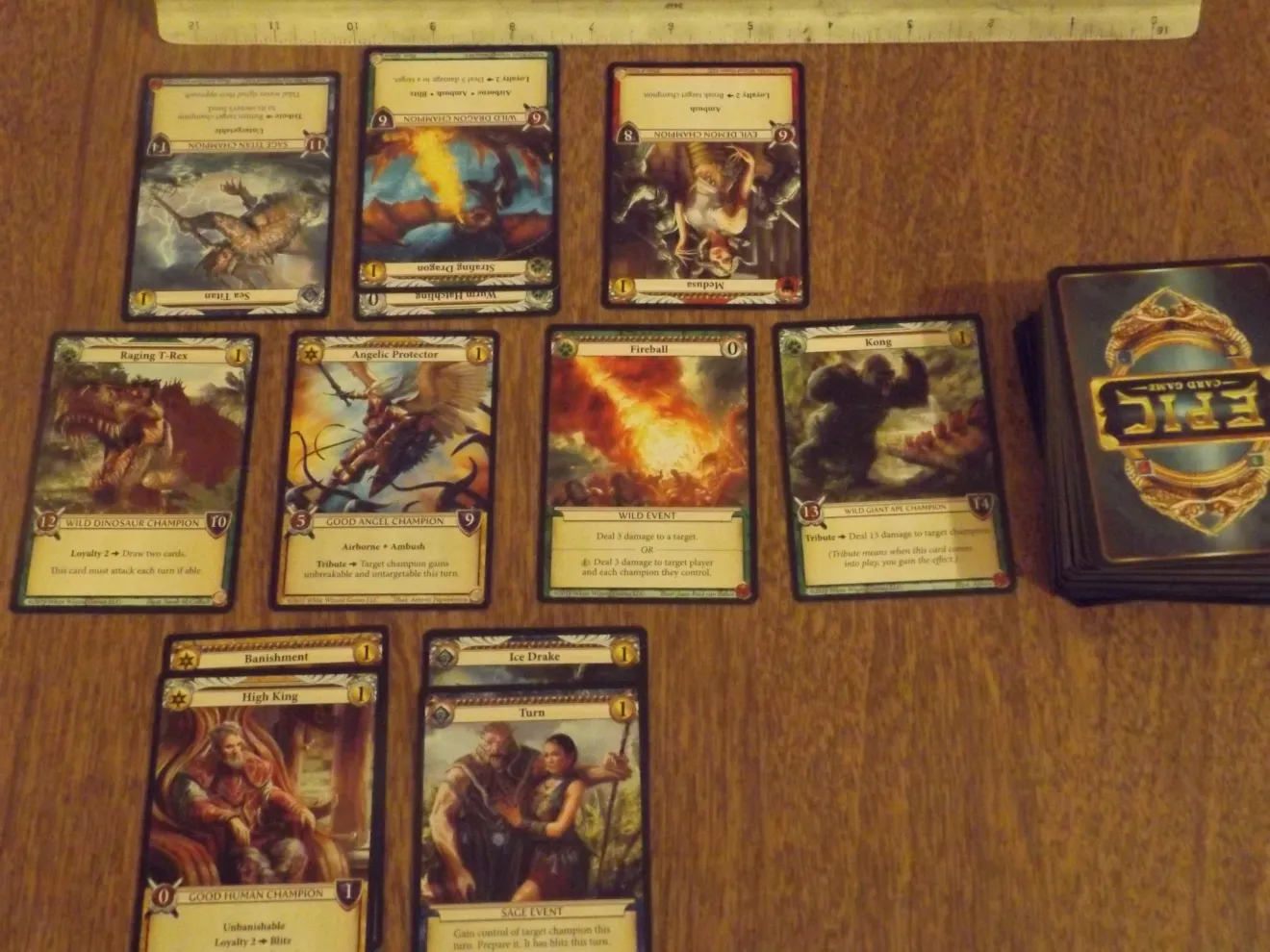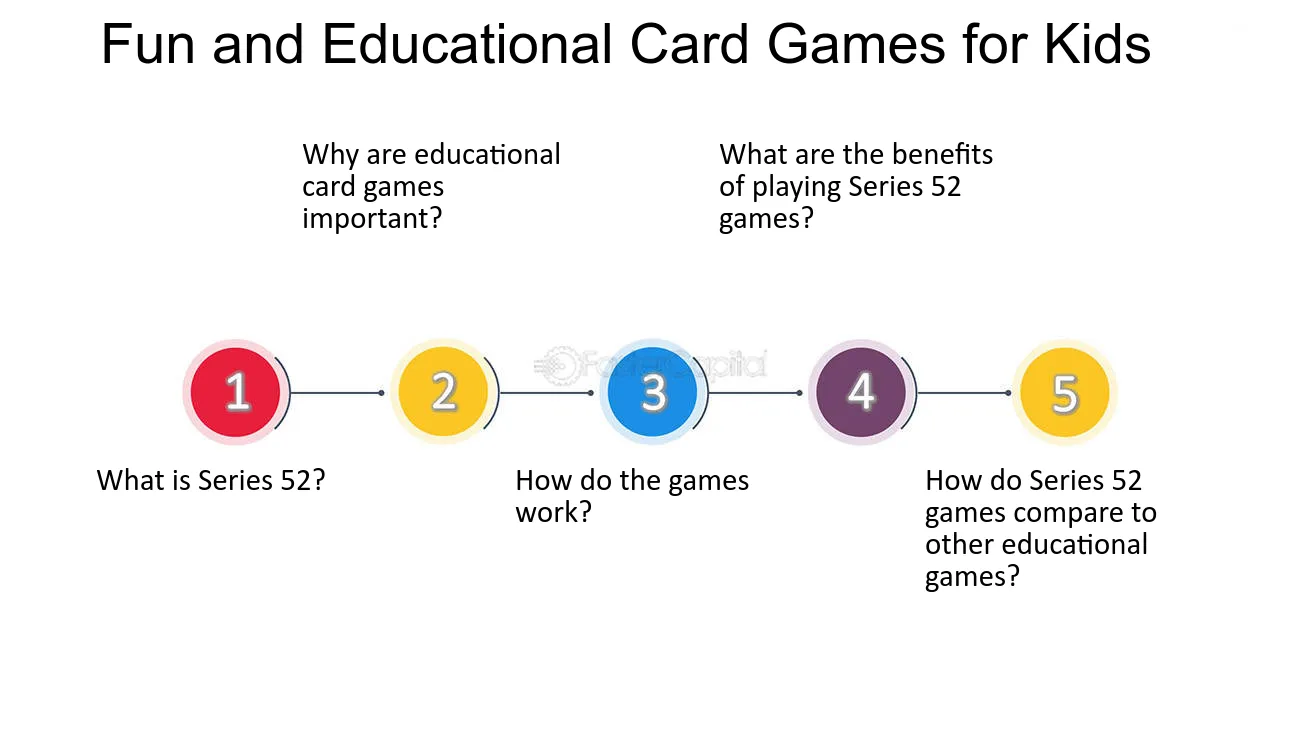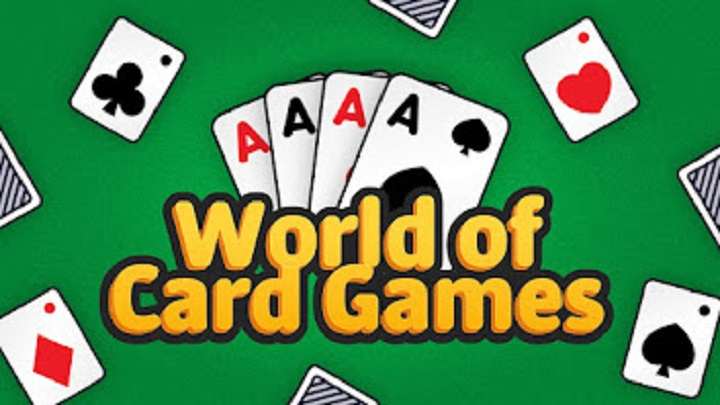Card games have been a cherished pastime for centuries, captivating people across cultures and ages. From the casual to the competitive, the strategic to the simple, card games offer a world rich in variety and depth. Whether it’s a classic family game night or an intense tournament showdown, card games continue to thrive in today’s digital age.
This article will explore the evolution of card games, delve into the variety of games available, and reveal why they remain so popular. Let’s shuffle the deck and embark on a journey through the fascinating world of card games.
A Brief History of Card Games
Card games date back centuries, with origins that span across different civilizations. While no one can pinpoint the exact beginning, the earliest playing cards are thought to have originated in China during the Tang Dynasty (9th century). The games of that era evolved from other forms of gaming, such as dice or board games.
From China, card games spread to India and Persia, eventually making their way to Europe by the late 14th century. The decks from this time were hand-painted and expensive, but with the invention of the printing press, they became widely available.
During the Renaissance, card games became increasingly popular in Europe. The suits we recognize today—hearts, diamonds, spades, and clubs—were developed in France during this period. Card games eventually crossed the Atlantic with European settlers, and their influence continues to evolve, with many new games being invented in the 20th and 21st centuries.
The Different Types of Card Games

Card games come in many forms, each offering a unique experience. Some rely heavily on luck, while others demand strategy, quick thinking, or mathematical precision. Below are some of the most popular categories of card games.
1. Trick-Taking Games
Trick-taking games involve players competing to win rounds or “tricks” by playing cards of a higher value than their opponents. In these games, players often follow specific rules about which suit to play. Some famous trick-taking games include:
- Bridge: A complex game requiring teams of two to work together, bid, and take tricks. Bridge is highly strategic and has been likened to chess in terms of the depth of thinking required.
- Spades: A popular four-player game that involves bidding and playing tricks, with spades as the trump suit.
- Hearts: A game where the goal is to avoid winning tricks that contain hearts or the queen of spades, introducing both strategy and risk management.
2. Matching Games
Matching games require players to pair or match cards in some way. These games are typically simpler, making them family-friendly and accessible to younger players. Some of the well-known matching games include:
- Go Fish: One of the first card games many children learn, where players ask each other for cards to complete sets.
- Crazy Eights: A fast-paced game where players must match the top card of the discard pile by number or suit. Special cards, such as eights, have the power to change the suit.
- Rummy: In Rummy, the goal is to form sets or runs of cards, either in terms of matching values or sequences in a suit. It’s a strategic game with many variations, such as Gin Rummy and Indian Rummy.
3. Shedding Games
In shedding games, the objective is to be the first to get rid of all your cards. These games often involve clever play and manipulation of the rules to block other players. Popular shedding games include:
- UNO: Perhaps one of the most famous modern card games, UNO involves matching colors or numbers while playing special action cards to hinder opponents.
- Crazy Eights: As mentioned earlier, Crazy Eights can also be considered a shedding game because the objective is to discard all your cards.
4. Solitaire Games
Solitaire, or patience, games are designed for solo play. These games are ideal for when you need a quiet, reflective moment or a challenge to pass the time. Some of the best-known solitaire games are:
- Klondike Solitaire: The classic version found on most computers, where the objective is to build foundation piles in sequence and suit.
- Spider Solitaire: A more complex version involving multiple decks of cards, requiring players to arrange all the cards into suits.
- FreeCell: A variation of solitaire that involves moving all the cards to foundation piles but offers a greater degree of strategic planning than Klondike.
5. Collectible Card Games (CCGs)
In CCGs, players use customized decks they’ve built over time by acquiring cards. These games often have rich lore and a competitive scene that attracts passionate players. Some well-known CCGs include:
- Magic: The Gathering: One of the most famous CCGs, Magic has a deep strategy and countless cards that allow players to create highly individualized decks. The game involves casting spells, summoning creatures, and battling opponents with the aim of reducing their life points to zero.
- Pokémon TCG: Based on the beloved Pokémon universe, this game allows players to collect and battle Pokémon using specialized decks. Like Magic, Pokémon TCG has a vast array of cards, including rare and valuable ones that collectors prize.
- Hearthstone: A digital CCG developed by Blizzard Entertainment, Hearthstone draws on characters from the Warcraft universe. It’s a fast-paced game with straightforward rules, making it accessible for newcomers to the genre.
The Role of Strategy in Card Games

One of the reasons card games remain so popular is their perfect blend of luck and skill. While some games rely primarily on chance, many card games offer layers of strategy that make them deeply rewarding for players who invest time in learning the nuances.
Memory and Bluffing
In games like Poker or Bridge, memory plays a crucial role. Remembering which cards have already been played can inform your future decisions and increase your chances of winning. Bluffing is another essential element, particularly in games like Poker. Skilled players will often pretend to have better (or worse) cards than they actually do, manipulating their opponents into making mistakes.
Mathematical Probability
Many card games also involve an element of mathematics, as calculating odds is critical for success. For instance, in Blackjack, players constantly assess the likelihood of drawing a particular card that will improve their hand without busting. Similarly, in Poker, calculating “outs” (the cards that could improve your hand) is essential for making informed bets.
Teamwork and Communication
In team-based games like Bridge or Spades, communication is key. Players often need to signal to their partners without giving away too much information to the opponents. This adds an additional layer of complexity and cooperation that can make these games deeply social experiences.
The Social Side of Card Games
Card games are not only fun but also serve as a social activity that brings people together. Whether it’s family, friends, or strangers, sitting down at a card table fosters communication, camaraderie, and sometimes a little friendly competition.
Card Games as Family Tradition
For many families, card games are a generational tradition passed down from parents to children. Games like Rummy, Pinochle, or Old Maid have likely graced the tables of many households during holidays or family gatherings. The beauty of these games is their accessibility—anyone can play, regardless of age or skill level, and they often create lasting memories.
Card Tournaments and Competitions
While some card games are purely for fun, others are taken very seriously. Poker, for instance, has grown into an international phenomenon, with tournaments like the World Series of Poker (WSOP) attracting the best players from around the globe. These tournaments come with high stakes, both in terms of money and prestige. Magic: The Gathering, too, has a competitive circuit, with cash prizes and a dedicated fan base.
In contrast to the professional scene, many casual tournaments and local game nights also thrive, offering a space for people to enjoy their favorite card games in a laid-back atmosphere.
The Rise of Digital Card Games
As technology has advanced, card games have found a new home in the digital space. Online platforms, apps, and virtual card rooms allow players to connect with others across the globe. Some of the most popular digital card games include:
- Hearthstone: As a digital collectible card game, Hearthstone’s mechanics are designed for online play. Its fast-paced, animated style makes it appealing to a broad audience, and players can battle opponents worldwide.
- UNO Online: The classic shedding game has found new life in digital form, allowing friends to play together no matter where they are.
- Poker Apps: For those who love poker, online apps offer everything from casual games to full-blown tournaments. Platforms like PokerStars or World Series of Poker provide an authentic experience from the comfort of your home.
Educational and Cognitive Benefits of Card Games

In addition to being entertaining, card games offer significant educational and cognitive benefits. For children, they can help develop critical thinking, memory, and math skills. Games like Go Fish and Uno are great for teaching younger players about numbers, colors, and turn-taking.
For adults, card games help keep the mind sharp. Studies have shown that games like Bridge or Solitaire can help improve memory and cognitive function. Many older adults continue to play cards as a way to stay mentally active and socially engaged.
Related Post:
Exploring the Buzz: Rockstar Games GTA 6 Screenshot
The Best PS Vita Games: A Comprehensive Guide
Wolfenstein Games in Order: The Definitive Guide to the Legendary Franchise
The world of card games continues to evolve. As technology advances, so do the games themselves. Virtual reality (VR) and augmented reality (AR) are beginning to make inroads into the card gaming world, offering immersive experiences that


